Given a set of data in a binary search tree, like the numbers 1 to 10, is it possible for multiple balanced binary search trees to exist?
Or is there just one, unique balanced BST for that set of data?
Thanks
Given a set of data in a binary search tree, like the numbers 1 to 10, is it possible for multiple balanced binary search trees to exist?
Or is there just one, unique balanced BST for that set of data?
Thanks
It all depends on the specific binary tree data structure being used, the insertion algorithm, the balancing criteria and the order of insertion, but yes - it's possible to have multiple equivalent and valid balanced BSTs for a given sequence of values.
For example, this is a valid Red/Black Tree where the numbers 1-10 were inserted in ascending order:

On the other hand, this is a valid AVL Tree, where the numbers 1-10 were inserted exactly in the same order as in the Red/Black Tree:

Clearly, the trees are not exactly the same - but the ordering and balancing properties hold for both.